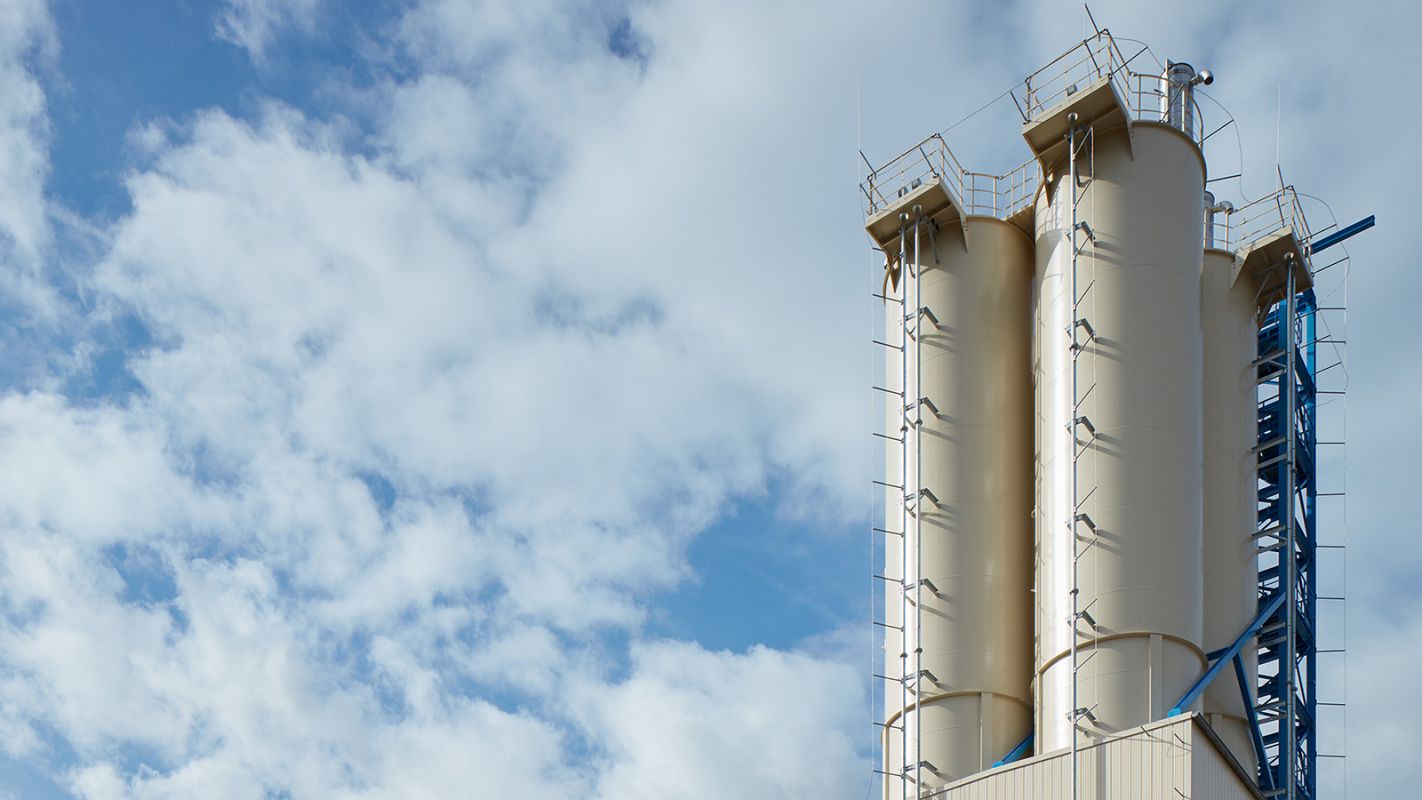BACKFILLING
For solid ground under your feet
An important part of GSES’s work is backfilling, in other words packing the old voids left over from historic mining activities. Waste materials from mining, construction and industry – such as flue gas cleaning residues and filter dust from waste incineration plants – are tested for suitability, processed, and then used to fill the existing voids in accordance with their characteristics.
This means that materials at the very end of the supply chain can still serve an important purpose, for instance by ensuring the stability of the salt depot. This not only optimises utilisation of the storage facility, but also plays an important role in ensuring that the surface of the ground is not affected by subsidence and the ‘seismic events’ which occur in the region. Backfilling reduces the depressions on the surface caused by earlier mining to an acceptable level, and in the case of new mine workings, subsidence is minimised to within statutory limits. The risk of rock bursts is eliminated.
And as for the environment, the waste materials used for backfilling are removed from the biosphere completely, and can no longer contaminate our air, soil or water. GSES sets great store by providing waste disposal services which strike the right balance both ecologically and economically. Only materials which have been extensively tested and approved for the purpose are used for backfilling. The long-term safety of the mining districts owned by GSES is signed off by experts. The environmental sustainability of the officially approved treatment plants complies with statutory requirements.
Thus the backfilling operations of GSES contribute towards ensuring that waste is not only disposed of responsibly, but that, when this material can no longer be recycled in any other way, it plays an important part in ensuring the safety of the mining district of Sondershausen.
Dusty or liquid materials – such as filter dust from waste incineration plants – are processed for hydraulic backfilling by adding liquid to create a kind of ‘mortar’ and pumping the mixture underground. Once in place, it hardens in the voids, providing a reliably solid foundation. Before we use waste materials for hydraulic backfilling, we first conduct a thorough examination of their suitability for this purpose. The ‘recipe’ we use is prepared by an independent specialist laboratory, and is constantly monitored by the authorities and for compliance with waste disposal regulations.
Suitable materials can also be transported underground in big bags. The quality of these containers is monitored regularly, and they are reconditioned as required.
The new, innovative method of processing waste into granules is particularly resource-friendly. Using specialist technology, water is added in precise quantities within the company’s own granulation plant. This process ensures high density granulation, which means that the voids can be filled in a particularly resource-efficient manner. It also cuts energy use and lowers CO2 emissions. Backfilling then proceeds using big bags or as bulk material.
When using bulk material to backfill, suitable waste – such as building rubble, for instance – is transported in containers to the location where it is required without further processing, and is used to pack the mine workings.
Sales
Dipl.-Ing. Bettina Harnisch-Schielke
Tel.: 03632 655-115
Fax: 03632 655-113
E-Mail: harnisch@gses.de
Scheduling
Roland Stadermann
Tel.: 03632 655-111
Fax: 03632 655-113
E-Mail: stadermann@gses.de

